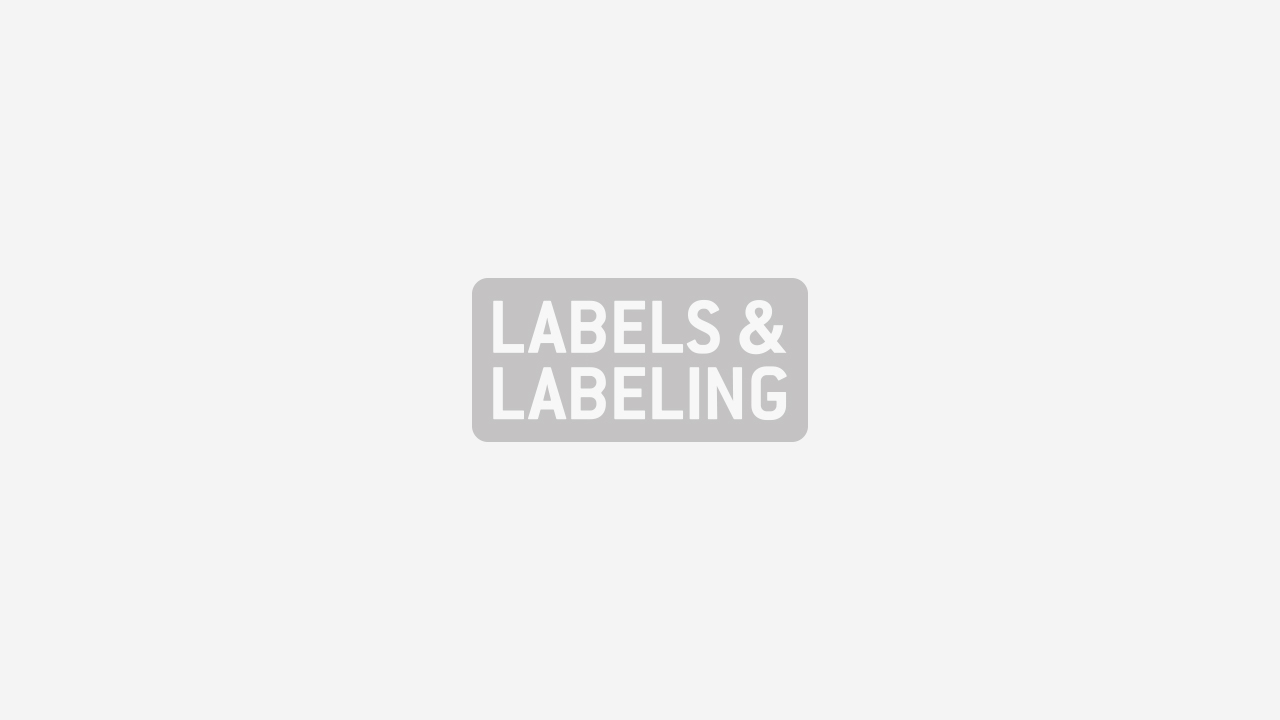VIGC launches Quality Perception Benchmark for print jobs

Printers, publishers and brand owners no longer have to use control strips for quality benchmarking thanks to a new offering from the Flemish Innovation Center for Graphic Communication (VIGC). The organization has launched an image-based Quality Perception Benchmarking Service, which enables users to make objective comparisons of print jobs, such as reprints of books, advertisements in different magazines, different versions of packaging, etc.
The VIGC Quality Perception Benchmark is based on seven parameters that are relevant to visual perception of quality. Measurements are based on images in the print job, which means control strips are not necessary.
‘Comparing and assessing the quality of multiple print jobs can be very difficult,’ said Eddy Hagen, managing director and trend watcher at VIGC. ‘This is because most quality benchmarking systems are based on control strips, which get cut off in the finishing stage.’
Fons Put, senior consultant at VIGC and responsible for the project, explained how the organization set about overcoming the challenge: ‘We had to perform a quality benchmark on finished print jobs, so we couldn't start with the traditional measurements, eg density or the colors of CMYK solids in CIELab. We needed to go for other parameters that are important for image perception, such as dynamic range.
‘So we devised a new, unique measuring methodology to get an objective assessment of these visual parameters. Differences in these parameters between multiple samples can always be related to one or more printing parameters, eg density or print contrast.’
The VIGC has tested and refined the methodology over the last two years, in the course of a consulting job for one of its members. The company changed its production based on the VIGC reports. Now the VIGC has made its Quality Perception Benchmark service available to all companies interested in an objective quality benchmark for printed jobs.
The service will be particularly appealing to companies that make reprints and are confronted by differences between two versions. Another target audience is advertisers that publish in multiple media. Brand owners that print their packaging at multiple sites are also likely to be interested in the service, as it will provide them with an objective assessment of different versions.
The VIGC Quality Perception Benchmark has already been used to identify and quantify variations within a large production run.
A crucial factor in the VIGC Quality Perception Benchmark is that all tested parameters relate to printing parameters. In its assessment report, the VIGC does not only show whether samples conform or differ, but also it states what could cause the differences, and which printing parameters are probably different.
Hagen concluded: ‘Ultimately, the VIGC Quality Perception Benchmark is an instrument that provides users tighter control of their production processes.’
Companies interested in this VIGC service should contact Eddy Hagen, managing director of VIGC, at eddy.hagen@vigc.be.
Click here for more stories about VIGC on L&L.com.
Stay up to date
Subscribe to the free Label News newsletter and receive the latest content every week. We'll never share your email address.

